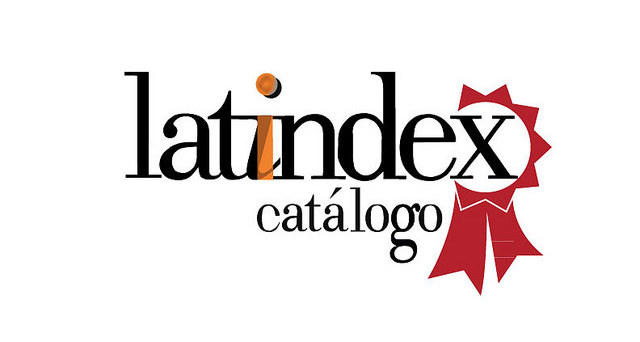Community Justice and Ritual Spectacle: A Case of Mayan Law in Guatemala
DOI:
https://doi.org/10.29340/en.v6n11.286Keywords:
mayan law, indigenous law, Maras, crime, resolution of conflicts, collaborative video, social drama, rite of passage, Quiché, GuatemalaAbstract
This essay, which accompanies the documentary “Suk’ B’anik,” is based on a case of theft settled by the so-called “ancestral Mayan law” in the municipality of Santa Cruz del Quiché, Guatemala, where more than 80% of the populace self-identify as Maya-K’iche’. The material seeks to deepen understanding of the collective reasoning and emotions that took place in the community trial of the case. In the face of the systemic weakness of the state’s justice system, in this region popular courts coordinated by local community mayors and supracommunal structures of ancestral authorities have become common to collectively try criminals or alleged criminals and to subject them to some form of corrective punishment. These judicial proceedings are developed within their own cultural understandings, which frequently offer highly ritualized spectacular choreographies for local as well as wider consumption. That visuality, often accompanied by community video practices, gives the participants’ performance an intrinsic status in the interior of these judicial processes while reaffirming the structures of local power. In these collective scenarios, the individual bodies of those accused are exhibited and prosecuted by the local authorities in front of audiences that demand sanctions to drum out the wrongdoing perceived as being damaging to the community. This, in turn, acts as a metaphor of moral cleansing and reequilibrium of a social body processing its own conflicts. Just as in rites of passage or in the theater, the popular trials in these Maya-K’iche’ communities often invoke other times and spaces, including supernatural ones, that have a bearing on the effectiveness of the reorganizational message that at the same time reinforces their own constructions of identity.
Downloads
References
Artaud, Antonin (1958). The Theater and Its Double. Nueva York: Grove Press.
Asociación Maya Uk’ux B’e (2019). 15 casos resueltos por las autoridades indígenas de Santa Cruz del Quiché. Aportes al Sistema Jurídico Mayab’. Chimaltenango: Asociación Maya Uk’ux B’e.
Balandier, Georges (1994). El poder en escenas. De la representación del poder al poder de la representación. Barcelona, Buenos Aires y México: Paidós.
Butler, Judith (2001). Mecanismos psíquicos del poder: Teorías sobre la sujeción. Madrid: Universitat de València y Ediciones Cátedra.
Foucault, Michel (2014). Obrar mal, decir la verdad. Función de la confesión en la justicia. Curso de Lovaina. Buenos Aires: Siglo XXI. Publicado originalmente en 1981.
Hartigan, Ryan (2018). “This is a Trial, Not a Performance!” Staging the Time of the Law”, en Austin Sarat, Lawrence Douglas y Martha Merrill Umphrey (eds.). Law and Performance. Amherst y Boston: University of Massachusetts Press, pp. 68-100.
Cicerón, Marco Tulio (2017, noviembre). “El juicio como espectáculo. Una reflexión a partir de Nabila Rifo”, en Observatorio Judicial [sitio web]. Recuperado de http://www.observatoriojudicial.org/el-juicio-como-espectaculo-2/, consultado el 16 de diciembre de 2022.
Organización de las Naciones Unidas (ONU) (1999). Guatemala: Memoria del silencio. Guatemala: Oficina de Servicios para Proyectos de las Naciones Unidas (UNOPS).
Sarat, Austin, Lawrence Douglas y Martha Merrill Umphrey (eds.) (2018). Law and Performance. Amherst y Boston: University of Massachusetts Press. DOI: https://doi.org/10.2307/j.ctv346v7v
Sieder, Rachel y Carlos Y. Flores (2011). Autoridad, autonomía y derecho indígena en la Guatemala de posguerra. Guatemala: F&G Editors.
Stone, Julie (2018). “Penitentiary Performances: Spectators, Affecting Scenes, and Terrible Apparitions in the Nineteenth-Century Model Prisonen”, en Austin Sarat, Lawrence Douglas y Martha Merrill Umphrey (eds.). Law and Performance. Amherst y Boston: University of Massachusetts Press, pp. 18-67. DOI: https://doi.org/10.2307/j.ctv346v7v.5
Pellegrini, Ann y Karen Shimakawa (2018). “Reenactability”, en Austin Sarat, Lawrence Douglas y Martha Merrill Umphrey (eds.). Law and Performance. Amherst y Boston: University of Massachusetts Press, pp. 101-121. DOI: https://doi.org/10.2307/j.ctv346v7v.7
Turner, Victor (1987). The Ritual Process. Structure and Anti-structure. The Lewis Henry Morgan Lectures 1966 Presented at The University of Rochester, Rochester, New York. Ithaca: Cornell University Press. Publicado originalmente en 1969.
Turner, Victor (2008). Antropología del ritual. México: INAH.
Published
Issue
Section
License
Copyright (c) 2023 Encartes

This work is licensed under a Creative Commons Attribution-NonCommercial 4.0 International License.
Aviso de derechos de autor
- Los autores/as conservan los derechos de autor y ceden a la revista el derecho a la primera publicación con el trabajo registrado con la licencia de atribución Creative Commons, que permite a terceros utilizar lo publicado siempre que mencionen la autoría del trabajo y a la primera publicación en esta revista
- Los autores/as pueden realizar otros acuerdos contractuales independientes y adicionales para la distribución no exclusiva de la versión del artículo publicado en esta revista (por ej. Incluirlo en un repositorio institucional o publicarlo en un libro) siempre que indiquen claramente que el trabajo se publicó por primera vez en esta revista.
El material puede ser copiado, distribuido, comunicado, ejecutado públicamente. Se pueden hacer obras derivadas de él. No se puede utilizar para fines comerciales. Se debe reconocer y citar la obra de la forma en que tú especifiques.










